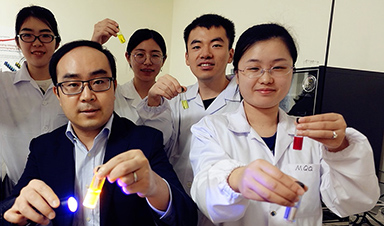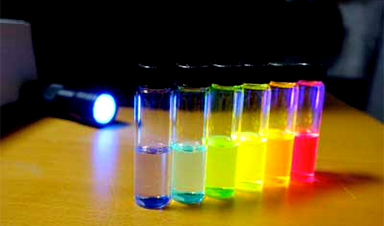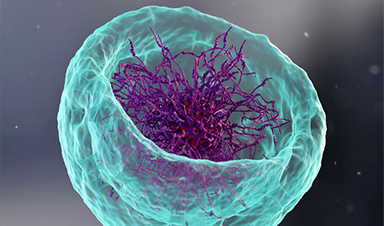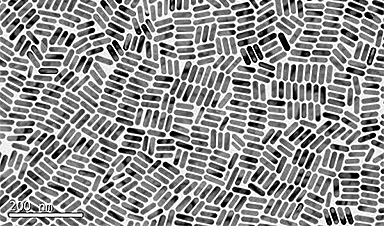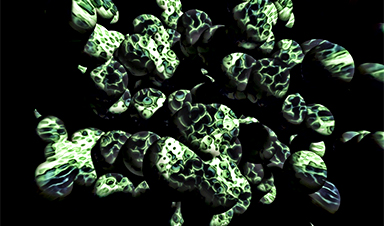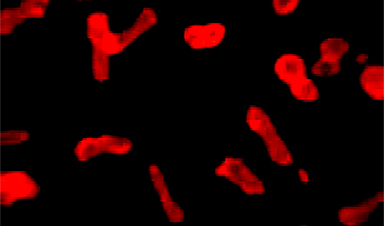New Research on Nanotechnology Drug Delivery Market: Studying Influencing Factors and Key Players
Nanotechnology Drug Delivery mainly used in healthcare applications such as such as neurology, anti-infective, cardiovascular disorders, and others. They are part of active application of the transport drugs to the final location of therapeutic intervention within the body. The report titled Global Nanotechnology Drug Delivery Market has been recently added by Research N Reports to [...]

